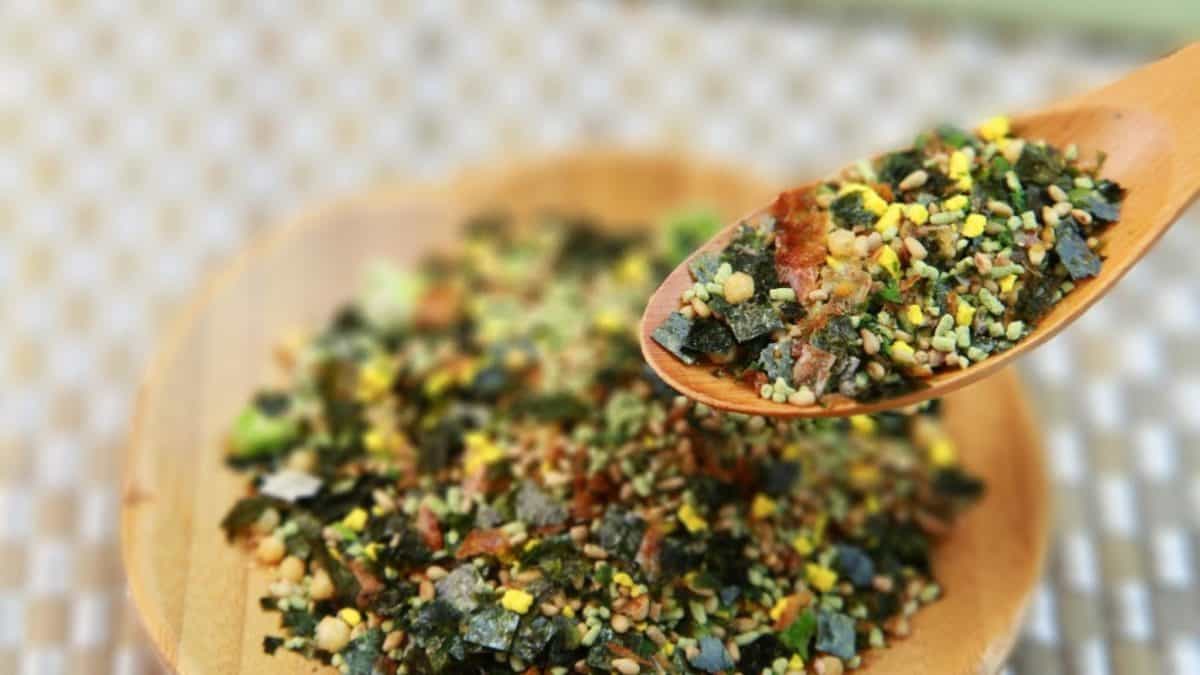Why Does Furikake Have a Lead Warning? [EXPLAINED]
If you’re a fan of Japanese food, you’ve probably tried furikake before. This popular seasoning is made from dried fish, sesame seeds, and seaweed, and it’s commonly used as a condiment on rice.
Furikake has been in the news though, because of a lead warning that the FDA issued to be put on the label.
It’s a little more harmless than it seems though, and I’ll inform you about everything there is to it.


Check out our new cookbook
Bitemybun's family recipes with complete meal planner and recipe guide.
Try it out for free with Kindle Unlimited:
Read for freeIn this post we'll cover:
What ingredients might contain lead?
Nori seaweed
This is one of the ingredients in furikake that has been found to absorb lead from the ocean.
It’s possible the seaweed might have been contaminated from lead in the ocean.
Seaweed can absorb large quantities of minerals, which is one of the properties that can make it such a healthy source of nutrients. But it also poses a threat, because it can absorb lead from the ocean as well.
The lead contents of seaweed are usually well below the allowed amounts of concentration though.
Dried fish
Eating fish is also a way to ingest lead and the dried fish often found in furikake is no different.
Fortunately, fish with the highest lead contents are predatory fish, squid, and mussels, none of which are in furikake.
But even the small fish found in the seasoning can contain lead.
Why should you be warned about lead in furikake?
Experts agree that eating too much contaminated fish alone can cause ingesting large amounts of heavy metals and you should eat them in moderation. The same goes for furikake with its dried fish and seaweed. It’s not an immediate health risk, but you would do well to eat it moderately.
Can you eat furikake when pregnant?
Pregnant women and young children are advised to eat large fish and other seafood in moderation because the lead and mercury in them can build up in your bloodstream and interfere with the baby’s developing brain and nervous system. The same advice should be taken with furikake.
Can babies eat furikake?
Lead and mercury from the ocean can get into the dried fish and seaweed that’s in furikake so babies shouldn’t eat it, especially not in large quantities. Infants of 6 months and older can start eating dried seaweed and fish with the smallest amount of mercury, both of which are in furikake.
Conclusion
It’s important to be aware of the lead warning on furikake packages, as some of the ingredients can absorb lead from the ocean.
However, it’s not clear how much lead is present in furikake, so it’s best to avoid eating it if you are pregnant or have young children.
Check out our new cookbook
Bitemybun's family recipes with complete meal planner and recipe guide.
Try it out for free with Kindle Unlimited:
Read for freeJoost Nusselder, the founder of Bite My Bun is a content marketer, dad and loves trying out new food with Japanese food at the heart of his passion, and together with his team he's been creating in-depth blog articles since 2016 to help loyal readers with recipes and cooking tips.
